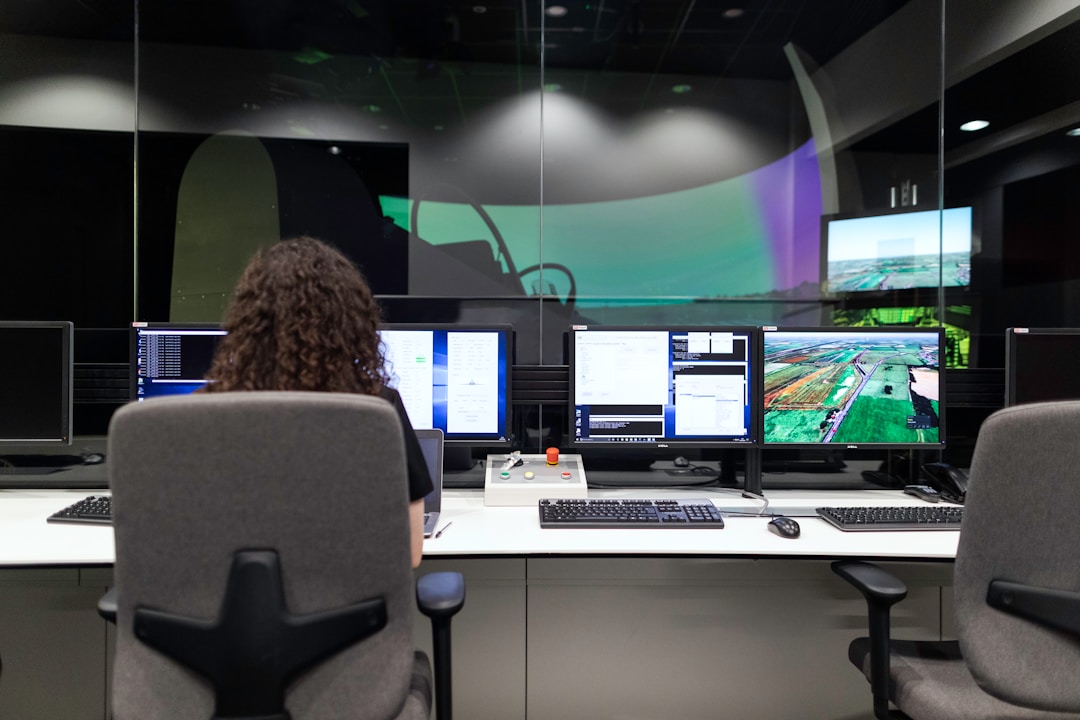
Computers are essential to many aspects of our lives. These machines are typically used for storing and processing data. This is done in a binary form, and the computer follows directions that are provided to it through a variable program. In our homes, modern computers are used for gaming, home tutoring, social media access, internet access, paying bills, or even watching movies/TV shows. Businesses use these operating systems for producing correspondence, processing accounting tasks, and performing research functions. Computers have become a huge part of many of every industry today.
One of the most important components of computers is their software. Software refers to the programs and operating systems that computers utilize. Some examples of computer software include office suites, database programs, web browsers, word processors, and software development tools. These are examples of more generalized software that many people have loaded into their computers. Going further, custom software is an “adjusted” form of software that people use for specific tasks. Custom software is software that has been designed, created, or deployed for a specific set of users, functions, and organizations. Some examples of this include Adobe Illustrator and Photoshop. We’ll dig into what you need to develop custom software.
Brainstorming

You’ll first need to brainstorm what sort of software you’re going to develop. Figure out what the primary goal of your custom software will be. What purpose will it serve? Tossing out questions like this during this phase is required, so you’ll know the best way to go. Brainstorming early on also helps you to figure out how to separate your software from other programs that might be similar to yours. For instance, you don’t want to create a new piece of graphic design custom software that’s just another Adobe Illustrator or Photoshop clone.
Ask yourself any questions which can help your software outshine the other options out there. Will you use the power of VictoryJS with React for custom software that you’re creating? How many new features will your software have available? What’s the best way to get your software to potential buyers: through download or through purchasing from retail stores which specialize in selling such software? Brainstorming as much as possible about your custom software will give you a good place to start before development.
Design
After you’ve brainstormed exactly what your new software is going to be, you’ll have to design it next. You’ll figure out what your software needs, how it will look, and determine what the timeline for development will be. The design stage will inform all other stages that come after.
With building this new software’s design at this point, you can figure out what components will be focused on. For example, as in the case of an Adobe Illustrator trial, would it be feasible to design a trial version for your software? Do you use valuable time to design a free trial for your next graphic design, cloud storage, or illustrator software program? Will your program be available for those who use mobile apps, or will they just be used on laptops or desktops? These questions, and many more, should be considered when determining the design of your custom software.
Implementation

Once you’ve gone through the coding and testing phases, the last step to complete with creating custom software is to release the software. You’ll have to do this with a solid implementation plan, making sure your software is released in the best manner possible. Get with your staff, your programmers, and everyone to ensure a smooth release to the public at large. Make sure that your tech support team is available to take care of any issues which might arise. Though this is a time to celebrate the creation of your custom software, also use this time to learn from the process that brought you to this point.
